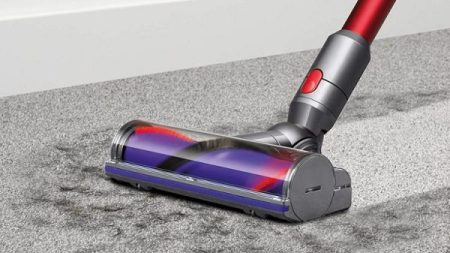Air filters come in various lengths, widths, and depths. It will be a long night if we get down to listing all the air filter sizes out there. Why not cut to the standard sizes? The catch is there are also several “standard sizes” for air filters. There is no “one size fits all.” While it’s tricky to list all the sizes, read on to know some of the most common sizes of air filters for residential and commercial use.
What Are the Most Common Air Filter Sizes
Most stores have an inventory of 10 to 20 size variants of the most common sizes for standard HVAC systems that you find in homes. Some include:
- 20 x 20 x 1
- 16 x 25 x 1
- 20 x 25 x 1
- 20 x 25 x 4
- 16 x 20 x 1
- 16 x 25 x 4
- 20 x 30 x 1
- 12 x 12 x 1
- 14 x 14 x 1
- 14 x 20 x 1
Air filter sizes are classified based on their inches, so we primarily have 1 to 4-inch air filters to choose from. The most popular 1-inch air filters are 14x30x1, 16x20x1, 16x25x1, 20x20x1, and 20x25x1 air filters. Meanwhile, the most popular 4-inch air filters are 16x25x4, 20x20x4, and 20x25x4. By no means is this list exhaustive.
There are many more sizes, each suitable for a different kind of HVAC system. You simply can’t walk into a store and ask for a “standard size” filter size. You have to measure the compartment of the HVAC system before going air filter shopping.
These dimensions, however, are nominal sizes — not actual sizes. The actual size is the exact measurements of the air filter. On the other hand, nominal size is a rounded-up actual size. While buying, you have to follow the closest number to the actual size. If the size of the air filter is 11¾” x 11¾” x ¾, you need an air filter of the size 12″x12″x1″. The idea is to choose the size nearest to the actual one.
What Happens When You Choose The Wrong Sized Air Filter
There is a reason why there’s so much hype and emphasis on the “right size” air filter. A wrong one not only doesn’t serve its intended purpose, but it can backfire and make matters worse for you.
The wrong size filter can’t properly prevent dust from collecting on the unit’s blowers and motors. As a result, you wind up with a filthy HVAC system that can’t heat or cool properly. Moreover, the debris and dust on the system could also contaminate the internal components of the HVAC unit. Your indoor air quality would suffer, too, and you’d also notice the consequences of using wrong-sized air filters on your energy bills.
How to Choose an Air Filter
With so many different air filter sizes available on the market, choosing one for your furnace system can be tricky. Here are three things to consider when choosing the right air filter for your system.
The Right Size
There are no points for guessing. The first requirement is choosing the right size. You can gauge the suitable air filter size for the furnace by measuring an old air filter or the slot if there is no filter. Once you know its dimensions — length, width, and depth — you can search for the perfect size air filter online and order a pack. Buying air filters in bulk can get you sorted for months.
The Right MERV Rating
Check the MERV rating of the air filter, too. Ensure that your furnace can handle the MERV value of the air filter. MERV ratings range from 1 to 16, which inform you about its efficiency level. Not all home furnaces are designed to handle MERV 13 air filters, so don’t buy such high-efficiency filters if you’re unsure whether your furnace needs them.
MERV 8 is usually the safest bet, as they are mostly designed for residential uses. If you’re still confused about which one to buy, consult a professional.
The Right Filtration Level
Ensure that the filtration level of the air filter is compatible with the overall setup. Otherwise, cooling or heating the home may become harder. It could also damage your HVAC system. An air filter with the right filtration level can improve your home’s indoor air quality efficiently.






